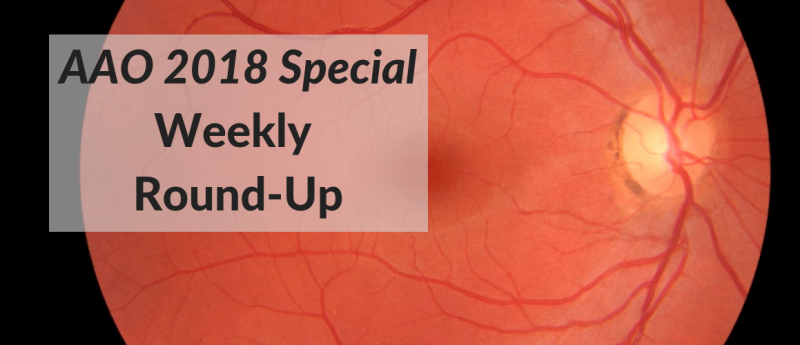[AAO 2018 Special] Cell therapy weekly: Injury from unapproved cell therapies are more prevalent than reported

This week in cell therapy: we bring you highlights from the 122nd Annual Meeting of the American Academy of Ophthalmology, including stem cell transplants for dry AMD and amniotic patch safe for macular holes.
In this week’s special edition of the cell therapy weekly, we bring you highlights from cell and regenerative therapies presented at AAO 2018, the 122nd Annual Meeting of the American Academy of Ophthalmology (27—30 October, Chicago, IL, USA).
The news highlights:
Injuries from unapproved cell therapies are more prevalent than reported
Amniotic patch safe for macular holes and retinal breaks
Phase I trial for ESC-derived RPE transplant shows further understanding is required
Injuries from unapproved cell therapies are more prevalent than reported
In research presented at AAO, researchers from the University of Rochester’s Flaum Eye Institute and the University of Miami’s Bascom Palmer Eye Institute reviewed published data relating to cell therapies and found that poor outcomes were often omitted from reports. Ajay E. Kuriyan and Andrew Chen found positive published reports relating to 18 patients, but at least seven patients who suffered “disastrous outcomes”.
“When you look at these company’s websites and their publications, you’ll see a big under-reporting of profound complications,” Kuriyan commented. “This is in stark contrast to what we have seen in our clinics and in our personal experience. There’s a fairly significant number of patients who experienced poor, or in some cases devastating results. The cases published to date just scratch the surface of the number of bad outcomes.”
Amniotic patch safe for macular holes and retinal breaks
A plug made from the epithelium, stroma and chorion layers of human amniotic sac has been shown to be safe and effective in treating macular and retinal injury. A team led by Stanislao Rizzo, University of Florence (Italy) developed the patch, which also reduces the need for multiple invasive surgeries, and found that it could resolve cases of macular hole due to high myopia, and improve best-corrected visual acuity (BCVA) from 20/800 before surgery to 20/70 after surgery.
“For the first time, we have resolved an interruption of the retinal tissue with a regenerative process, not a destructive action,” Rizzo explained.
Phase I trial for ESC-derived RPE transplant shows further understanding is required
A Phase I multicenter study into the safety of subretinal transplantation of retinal pigment epithelium (RPE) cells derived from human embryonic stem cells (ESCs) as a treatment for advanced dry age-related macular degeneration (AMD) showed some improvements and mild adverse events. All 12 patients exhibited stable BCVA over time but also reported at least one adverse event.
“Now that the investigators are treating patients earlier in the disease process”, presenter Eyal Banin, Hadassah Ein Kerem University Hospital (Israel) said he hoped “the results will better clarify understanding of this therapeutic approach.”
For more weekly cell therapy news, read previous editions of the cell therapy weekly.